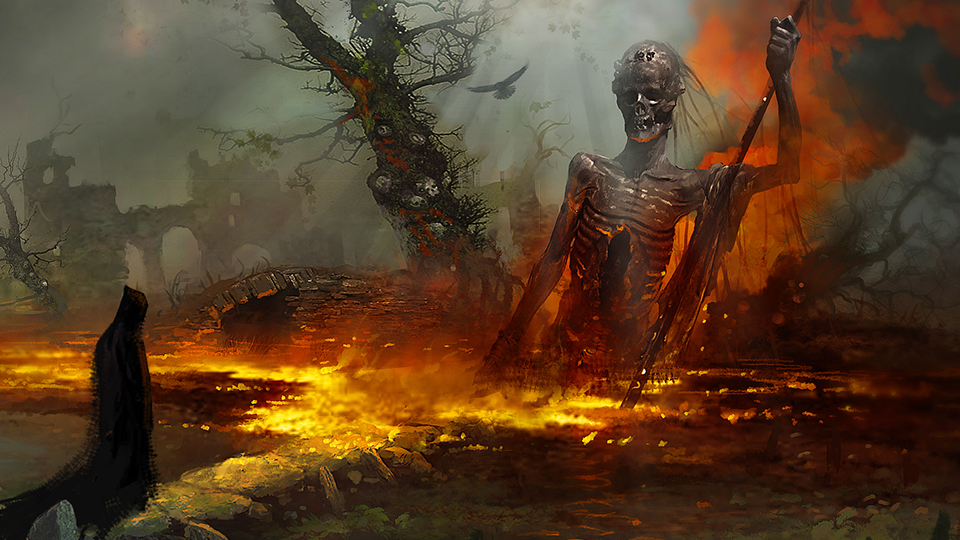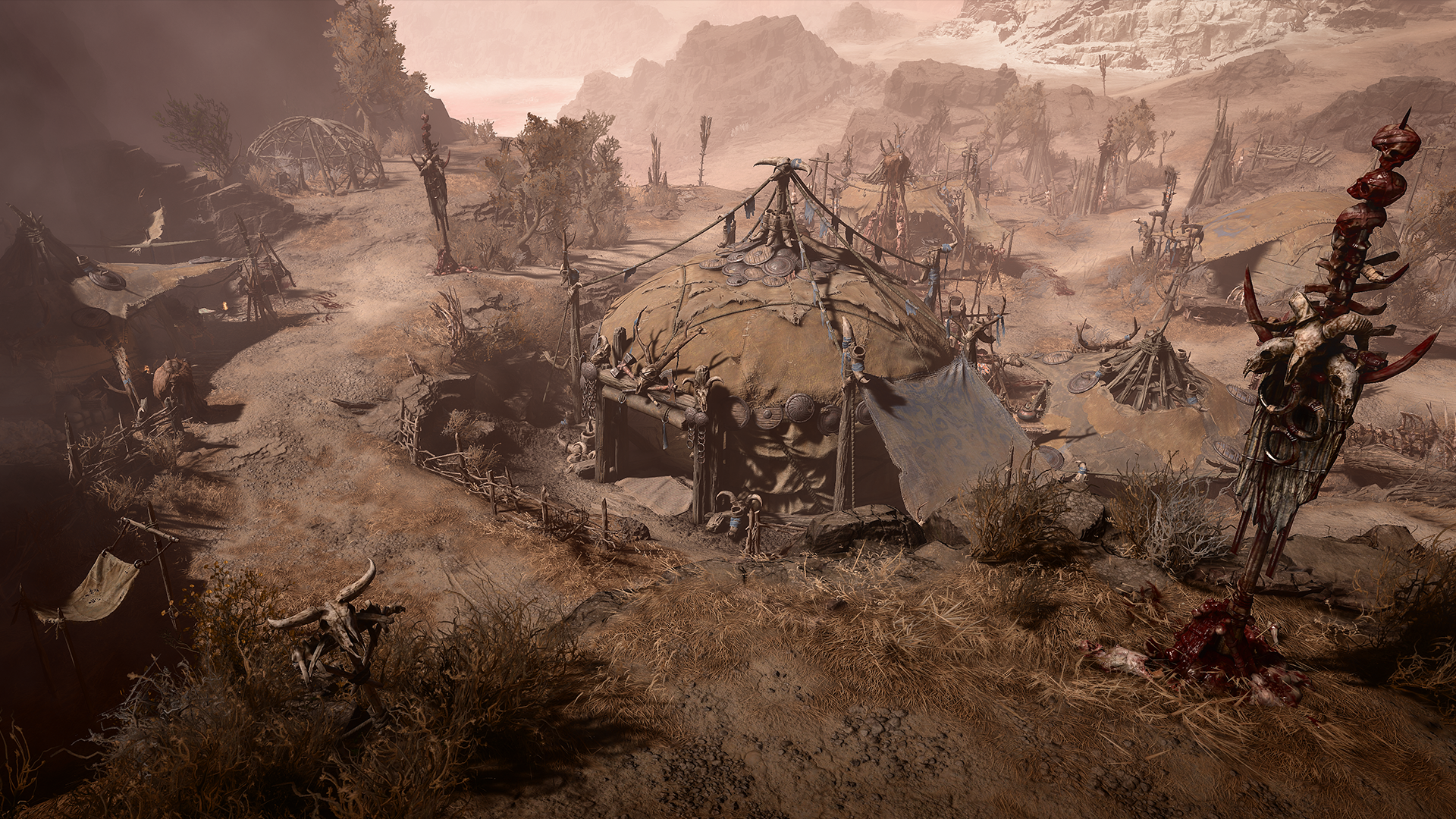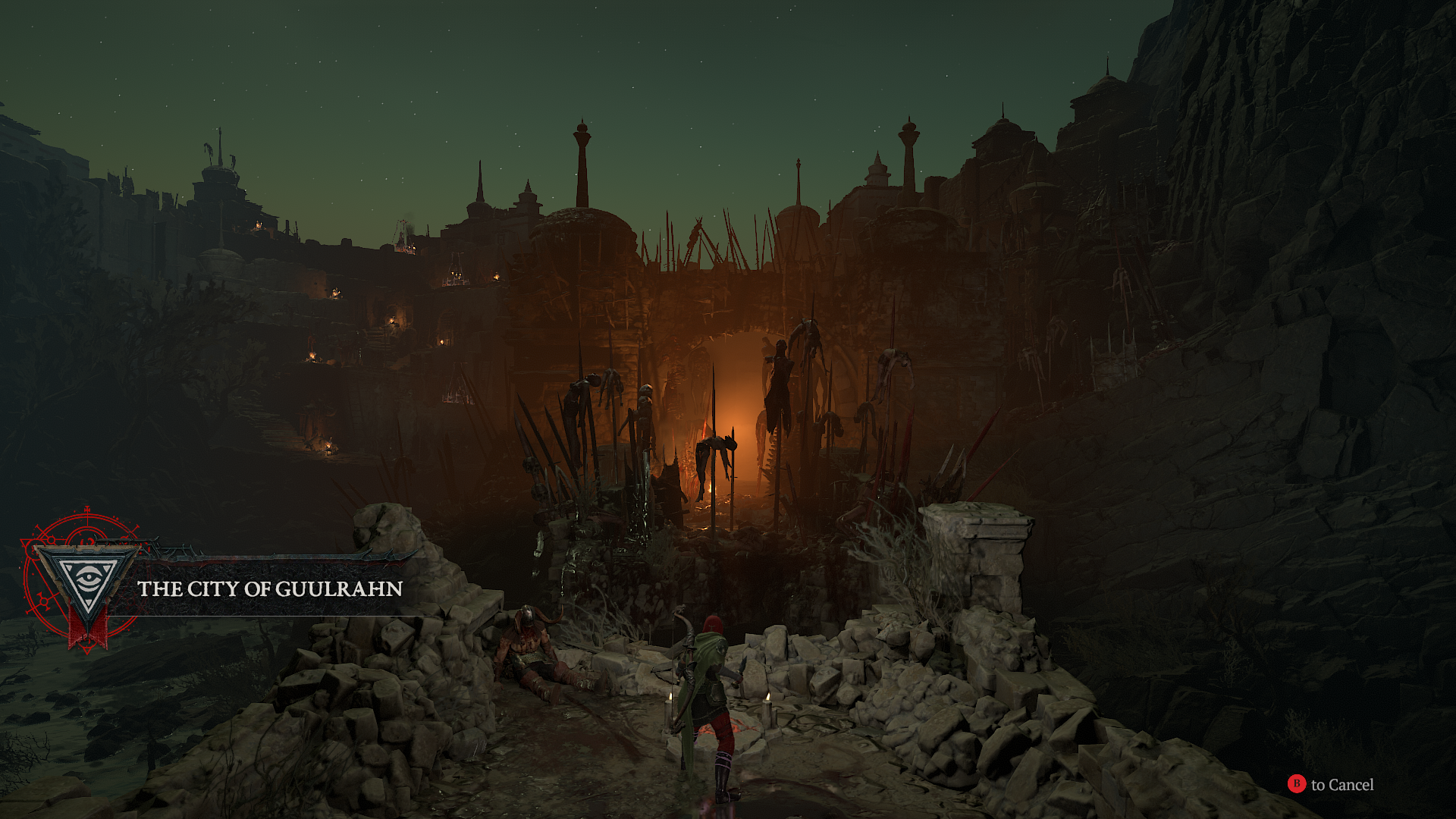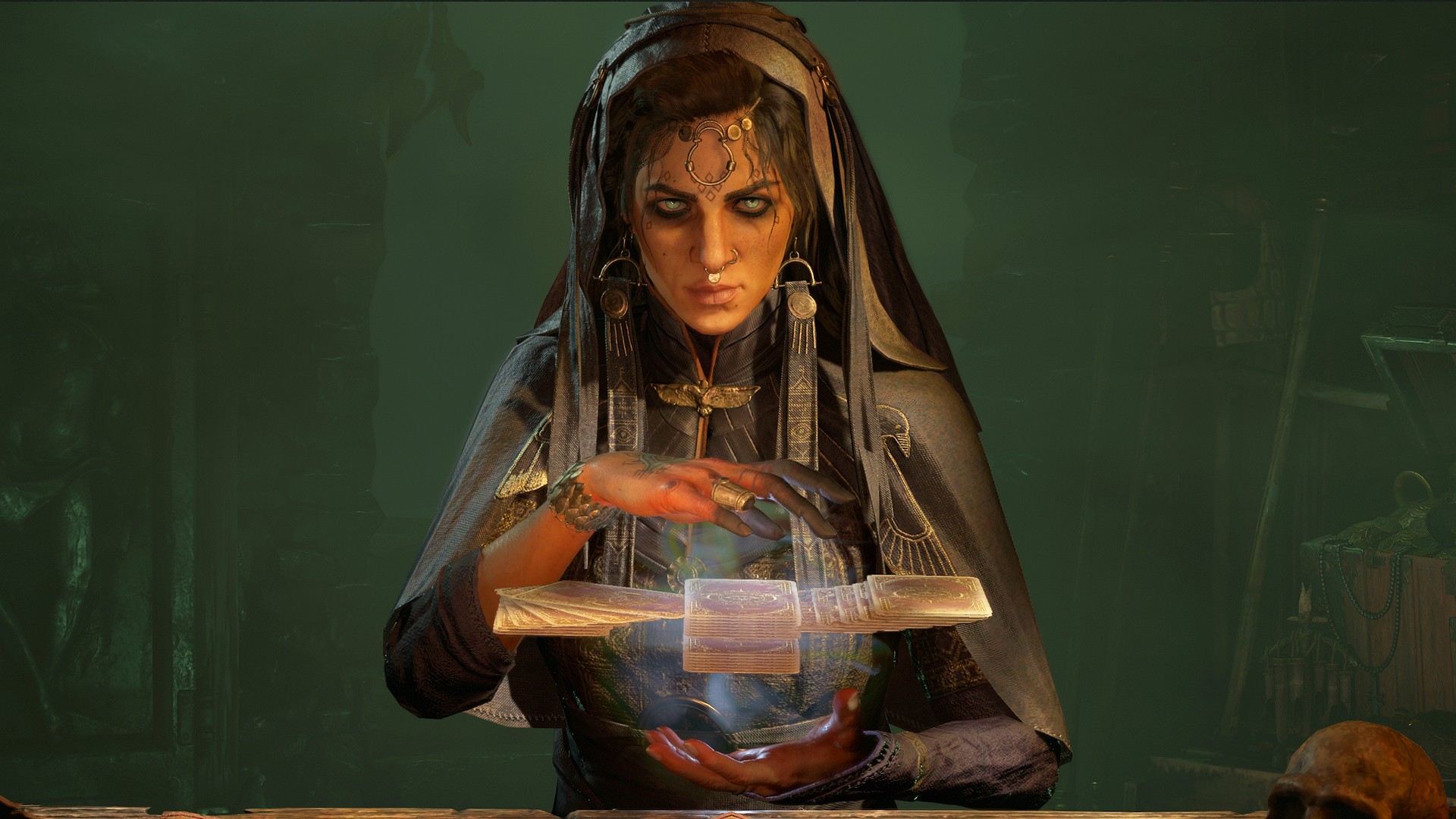Diablo 4 is desperate to not be Diablo 3, but too timid to move past it
Without any true innovation in its action-RPG formula, the long-awaited sequel is just a monument to fear and live service bloat.

Blizzard used to be a studio that defined genres. With Starcraft, it set the standard for the competitive RTS. With World of Warcraft, it made the MMO mainstream. And with Diablo, it reimagined what an RPG could be. I don't see any of that Blizzard in Diablo 4. The long-awaited sequel isn't just iterative, it's timid.
When I said that the Diablo 4 beta made me feel like Blizzard hasn't learned anything about action-RPG combat in the 11 years since Diablo 3, some in the comments told me I was judging the game too early. But the more I play of the full release, the more things I see that confirm that feeling. Diablo 4 is desperate to not be Diablo 3, but it's so hesitant to do anything new that it can't move past it either.
When Diablo 3 came out, it made a lot of big changes to the formula. The combat was bigger, faster, and flashier; the art-style was lighter and more colourful, with a more mythic narrative to match; the classes were different; character-building was streamlined, and unless you knew to change a particular option, full of awkward hand-holding; and, most controversially of all, it had a real-money auction house where you could buy and sell in-game items. While the game was successful and largely well-received, and improved substantially over its lifetime thanks to regular updates (including one that ditched that auction house), a lot of its choices rankled with a vocal portion of the community. To this day, many fans online refer to it with derision—a go-to example of a disastrous sequel.
Many of Diablo 4's design decisions exist in direct conversation with that part of the fanbase—or in fear of them. 2023's Sanctuary is more dark, hopeless, and horrific than it's ever been before, a desaturated, muddy world of miserable peasants and death. As if to say, "You can't call this one Diablo: Rainbow Edition, eh?". Similarly the combat is slower and more restrained, much of that hand-holding around character-building has been removed, and the classes are all Diablo classics. On the face of it, they're sensible changes—but they're made purely in reaction to Diablo 3, not out of any progressive vision for the genre. Either unable or afraid to innovate in the action-RPG space, the game can only be a remix of its predecessor.
Without any new ideas, the slower combat does just feel like Diablo 3's fights dialled down a few notches. Without a confident sense of the setting's identity, much of the grimdark world just feels like a miserable filter over places we've already been, randomly populated with enemies we've already fought a million times. Character building doesn't have training wheels, but the underlying skill system underneath isn't any more flexible than Diablo 3's, it just asks you to work a bit harder to find its pre-assembled correct combinations. And while the classes powerfully evoke the classics they're based on, there's nothing about them that experiments or provides new ways to play an action-RPG—if you've ever played a magic user in an action-RPG, you've played the Sorcerer, and frankly it should be classed as a human rights violation to make it this boring to turn into a bear.
World weary

Why, in a game most people play singleplayer, do we have lag, no pausing, and enemies that respawn by popping into existence right in front of your face?
When you stop and look at what in Diablo 4 is genuinely new, the answer is a grab-bag of games industry buzzwords. It's open world! It's an MMO! It’s live service! None of this is substance—it's pure bloat.
The massive open world only makes getting around slow and dull, and its biomes feel bland and overstretched—some of the more explicitly horrific, Giger-esque dungeons show off a visual flair and creativity that perhaps could’ve been present throughout the game if it didn’t need to operate at such a scale.
Keep up to date with the most important stories and the best deals, as picked by the PC Gamer team.
Meanwhile, seeing other players running around adds precious little other than jank—why, in a game most people play singleplayer, do we have lag, no pausing, and enemies that respawn by popping into existence right in front of your face? Limp world events that most of the time you end up doing alone anyway, and world bosses that so far have been a joyless slog, aren’t much of a trade-off for those annoyances.

Ultimately, all these new elements exist primarily to keep as many players on the treadmill as possible for as long as possible, with the upcoming season passes encouraging an endless churn of new characters for years to come. Long-term support can be great, but it can also be very cynical, and I really think the live service hooks here should be viewed with suspicion—while the real-money auction house may be gone, the game's certainly keen to keep you coming back to its obnoxiously stuffed microtransaction shop.
Once you put these elements aside, there's really very little about the core experience of Diablo 4 that's much different from what action-RPGs were doing a decade ago or even earlier. There don't seem to be any lessons learned from what other developers have done in the genre—its only influence is its own predecessors, primarily Diablo 3, the one it doesn't want to be, combined with people's hazy, nostalgic memories of the first two.

Diablo 4 has just ended up being an also-ran of its predecessor a decade too late.
Torchlight 2 had more new ideas than this in 2012, with its off-the-wall classes, clever pet mechanics, and momentum system to create a natural rhythm to gameplay. Path of Exile has taken character-building to all-new levels of depth—whether that's exciting or intimidating depends on the kind of action-RPG fan you are, but you can't deny it's been pushing the boundaries. Hell, even 2015's largely forgotten Victor Vran had its experimental weapons-as-classes system that felt like a step in a fresh direction.
The irony is that in being so scared of taking any big swings, because of the failures of Diablo 3, Diablo 4 has just ended up being an also-ran of its predecessor a decade too late. It's not a terrible game, but it's a very dry and unambitious one, relying on the sheer weight of its AAA production values and historic name to carve out a space in the genre Blizzard long-neglected. Maybe it's past time that I should have accepted that the developer isn't what it once was, but it's still sad to see the reigning monarch of action-RPGs slumped so lifeless in its throne.

Formerly the editor of PC Gamer magazine (and the dearly departed GamesMaster), Robin combines years of experience in games journalism with a lifelong love of PC gaming. First hypnotised by the light of the monitor as he muddled through Simon the Sorcerer on his uncle’s machine, he’s been a devotee ever since, devouring any RPG or strategy game to stumble into his path. Now he's channelling that devotion into filling this lovely website with features, news, reviews, and all of his hottest takes.

